Space
Sign up for our newsletter
We summarize the week's scientific breakthroughs every Thursday.
-
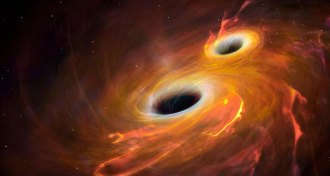 Physics
PhysicsColliding black holes are reported for a fifth time
LIGO spots another merger, this time with less fanfare.
-
 Science & Society
Science & SocietyIn science, some big risks are worth the rewards
Acting Editor in Chief Elizabeth Quill says scientists sometimes take risks that can lead to significant rewards and important discoveries.
-
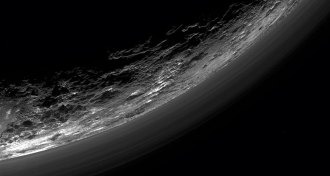 Astronomy
AstronomyHaze keeps Pluto cool by kicking heat out to space
Pluto may be the only place in the solar system whose atmosphere is kept cool by solid hazes, not warmed by gas.
-
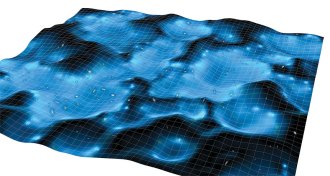 Cosmology
CosmologySimulating the universe using Einstein’s theory of gravity may solve cosmic puzzles
Better simulating the dense parts of the universe could improve scientists’ view of how the universe evolves.
-
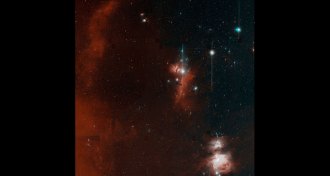 Astronomy
AstronomyNew camera on Palomar telescope will seek out supernovas, asteroids and more
The Zwicky Transient Facility at Palomar Observatory in California will seek supernovas, black holes and asteroids.
-
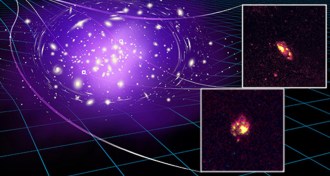 Astronomy
AstronomyAncient spiral galaxy is 11 billion years old
The most ancient spiral galaxy seen to date is 11 billion years old and could help reveal how galaxies sprout arms.
-
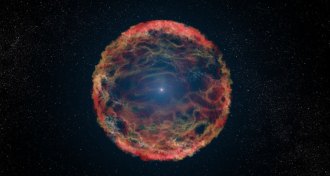 Astronomy
AstronomyThis star cheated death, exploding again and again
The weirdest supernova ever has lasted more than three years, and may be the third outburst from the same star.
-
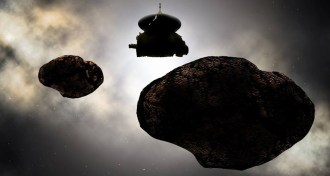 Astronomy
AstronomyNASA wants your help naming New Horizons’ next destination
NASA’s New Horizons mission team is asking the public to vote on a nickname for the spacecraft’s next destination.
By Mike Denison -
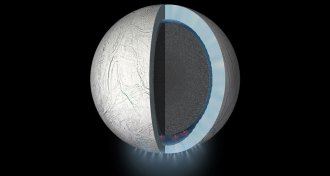 Astronomy
AstronomyA sandy core may have kept Enceladus’ ocean warm
Friction in Enceladus’ porous core could help heat its ocean enough to keep it liquid for billions of years.
-
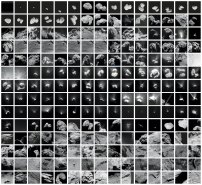 Planetary Science
Planetary ScienceSee a new mosaic of images of comet 67P from the Rosetta mission
A montage of images taken by the Rosetta spacecraft and its lander, Philae, recap the daring mission to comet 67P.
-
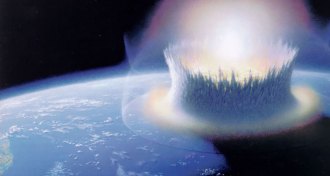 Earth
EarthDino-dooming asteroid impact created a chilling sulfur cloud
The Chicxulub impact spewed more sulfur than previously believed.
-
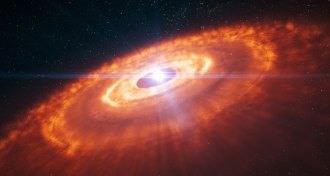 Astronomy
AstronomyThe way hungry young stars suck in food keeps most X-rays in, too
The columns of plasma that feed growing stars develop an extra layer that keeps X-rays in.